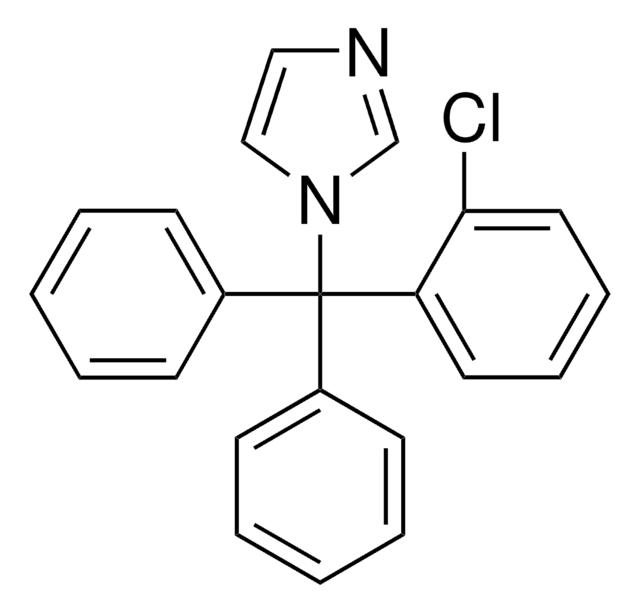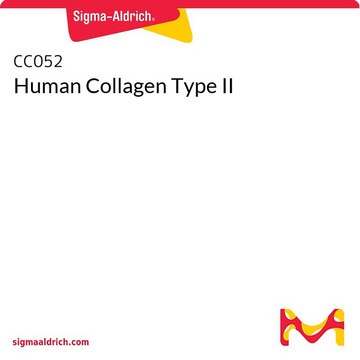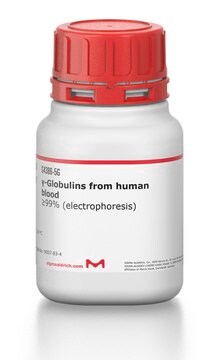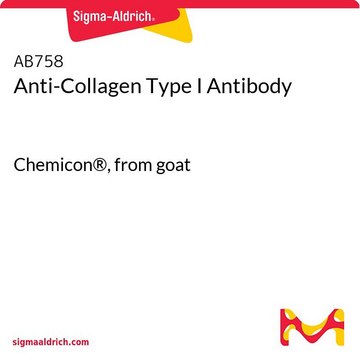C7104
Anti-Cdc27 antibody,Mouse monoclonal
clone AF3.1, purified from hybridoma cell culture
About This Item
Produits recommandés
Source biologique
mouse
Conjugué
unconjugated
Forme d'anticorps
purified from hybridoma cell culture
Type de produit anticorps
primary antibodies
Clone
AF3.1, monoclonal
Forme
buffered aqueous solution
Poids mol.
antigen 97 kDa
Espèces réactives
mouse, Xenopus, rat, bovine, canine, human
Concentration
~2 mg/mL
Technique(s)
immunocytochemistry: suitable using 4% paraformaldehyde fixation, Triton X-100 permeabilization
immunohistochemistry (formalin-fixed, paraffin-embedded sections): suitable
immunoprecipitation (IP): suitable
indirect ELISA: suitable
microarray: suitable
western blot: 1-2 μg/mL using a HeLa Cell nuclear extract
Isotype
IgG2b
Numéro d'accès UniProt
Conditions d'expédition
dry ice
Température de stockage
−20°C
Modification post-traductionnelle de la cible
unmodified
Informations sur le gène
human ... CDC27(996)
mouse ... Cdc27(217232)
rat ... Cdc27(360643)
Catégories apparentées
Description générale
Immunogène
Application
- Immunocytochemistry using 4% paraformaldehyde fixation and Triton X-100 permeabilization
- Immunohistochemistry (formalin-fixed, paraffin-embedded sections)
- Immunoprecipitation.
- Indirect ELISA
- Microarray
- Western blotting / immunoblotting at a concentration of 1-2μg/mL using a HeLa Cell nuclear extract.
- Anaphase-promoting complex/cyclosome APC/C Purification.
Actions biochimiques/physiologiques
Clause de non-responsabilité
Vous ne trouvez pas le bon produit ?
Essayez notre Outil de sélection de produits.
Faites votre choix parmi les versions les plus récentes :
Certificats d'analyse (COA)
Vous ne trouvez pas la bonne version ?
Si vous avez besoin d'une version particulière, vous pouvez rechercher un certificat spécifique par le numéro de lot.
Déjà en possession de ce produit ?
Retrouvez la documentation relative aux produits que vous avez récemment achetés dans la Bibliothèque de documents.
Notre équipe de scientifiques dispose d'une expérience dans tous les secteurs de la recherche, notamment en sciences de la vie, science des matériaux, synthèse chimique, chromatographie, analyse et dans de nombreux autres domaines..
Contacter notre Service technique






